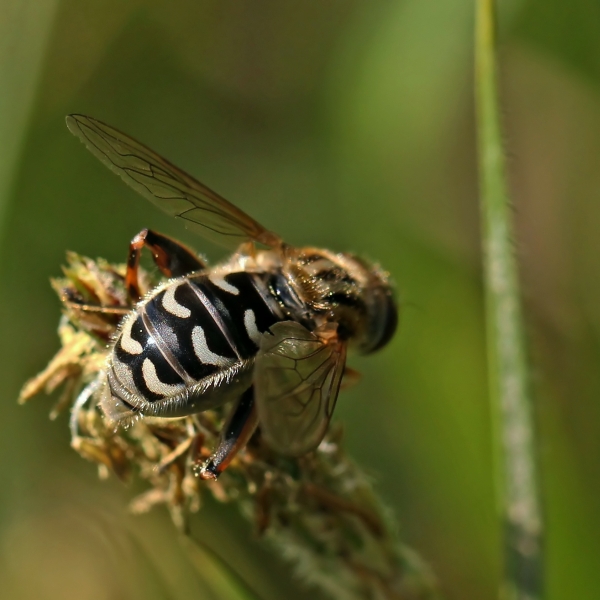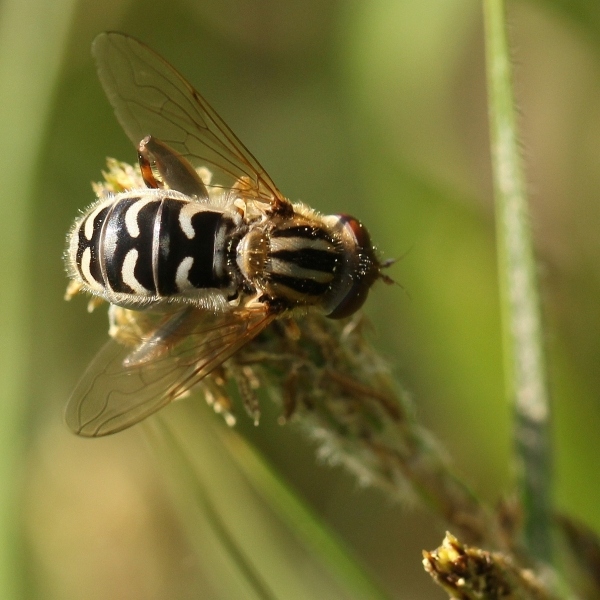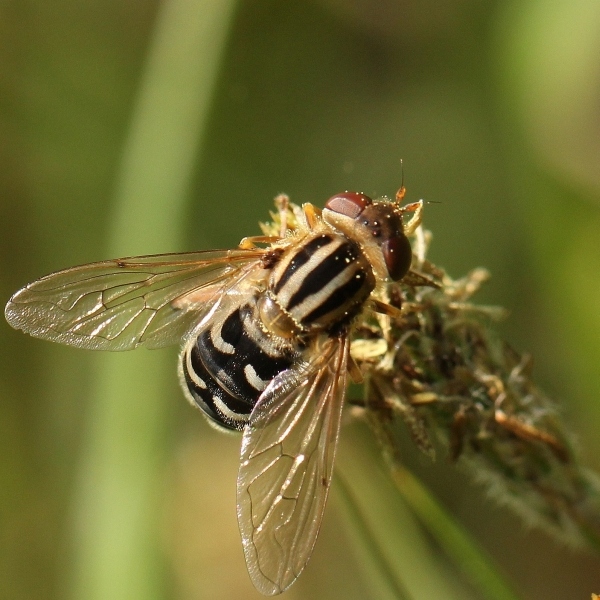Diptera.info :: Family forums :: Syrphidae
|
Anasimyia interpuncta?
|
|
| piros |
Posted on 21-02-2013 16:53
|
|
Member Location: Szeged, Hungary Posts: 1817 Joined: 04.01.12 |
I shot these pictures near Szeged, S. Hungary, on 01.05.2012. My guess is Anasimyia interpuncta, female. Is it possible to ID this fly? Thanks for any help! Henrik piros attached the following image:  [178.2Kb] |
|
|
|
| piros |
Posted on 21-02-2013 16:54
|
|
Member Location: Szeged, Hungary Posts: 1817 Joined: 04.01.12 |
2.
piros attached the following image:  [171.13Kb] |
|
|
|
| piros |
Posted on 21-02-2013 16:54
|
|
Member Location: Szeged, Hungary Posts: 1817 Joined: 04.01.12 |
3.
piros attached the following image:  [189.89Kb] |
|
|
|
| piros |
Posted on 02-03-2013 22:07
|
|
Member Location: Szeged, Hungary Posts: 1817 Joined: 04.01.12 |
Right or wrong? In any case, i would appreciate an opinion!
Edited by piros on 04-03-2013 00:38 |
|
|
|
| Sundew |
Posted on 03-03-2013 23:05
|
|
Member Location: Berlin and Baden-Württemberg, Germany Posts: 3939 Joined: 28.07.07 |
A female Anasimyia it is, but A. interpuncta closely resembles A. lunulata. A Syrphid expert might be able to tell them apart, but, alas, I am not the right one... Regards, Sundew |
|
|
|
| piros |
Posted on 04-03-2013 13:21
|
|
Member Location: Szeged, Hungary Posts: 1817 Joined: 04.01.12 |
Thanks a lot for your answer! My main reason for suggesting A. inerpuncta was the early date of the photographs. |
|
|
|
| Sundew |
Posted on 04-03-2013 14:50
|
|
Member Location: Berlin and Baden-Württemberg, Germany Posts: 3939 Joined: 28.07.07 |
A. interpuncta is said to be typically associated with ditches and pools dominated with Reed Sweet-grass (Glyceria maxima), whereas A. lunulata is a species of boggy pools (http://www.flickr...609615289/). Is this statement of any help? |
|
|
|
| piros |
Posted on 04-03-2013 21:13
|
|
Member Location: Szeged, Hungary Posts: 1817 Joined: 04.01.12 |
Thanks again! The place where I found this fly is a remnant pool of occasional floodings of a river (Maros), and probably accumulates some salt during dryer periods, because this fly was accompanied by Eurina ducalis and Lejops vittatus, both prefering "brackish" bodies of water! Unfortunately I cannot remember if there was any Glyceria, but it is quiete probable, because it occurs all along the river Maros! Kind regards, Henrik |
|
|
|
| Jump to Forum: |












